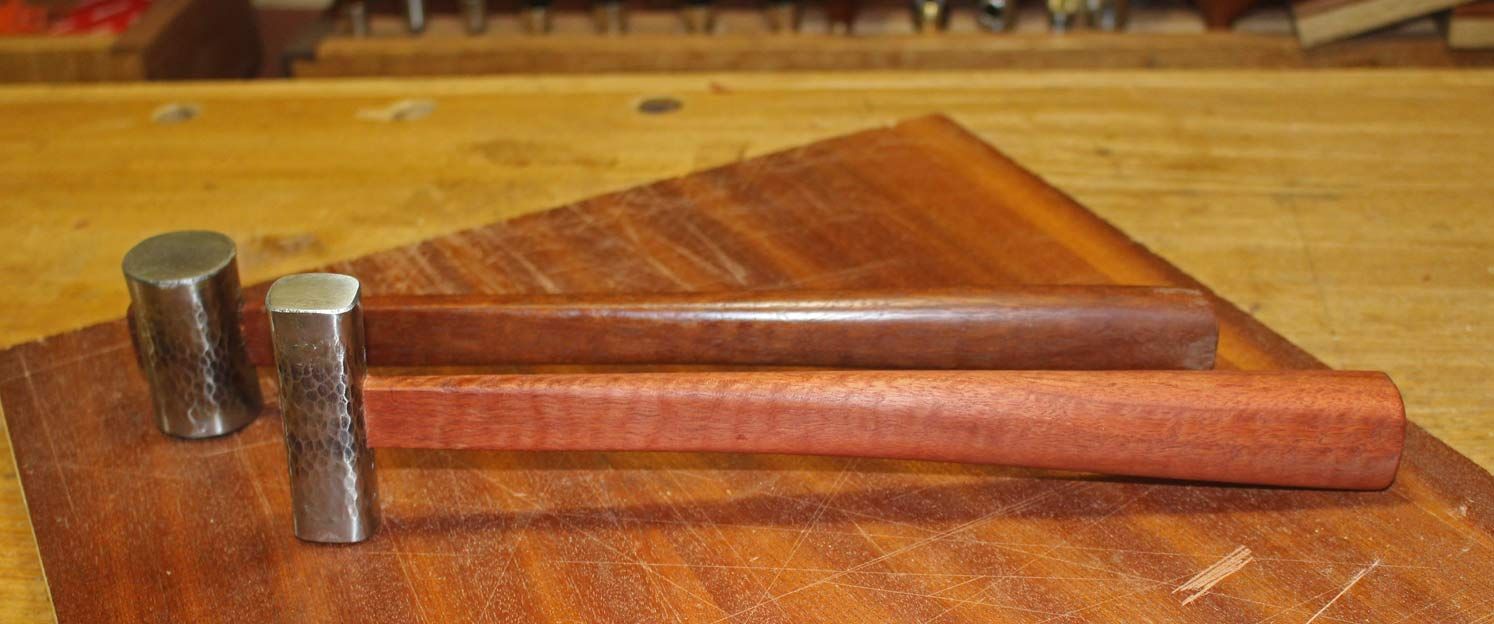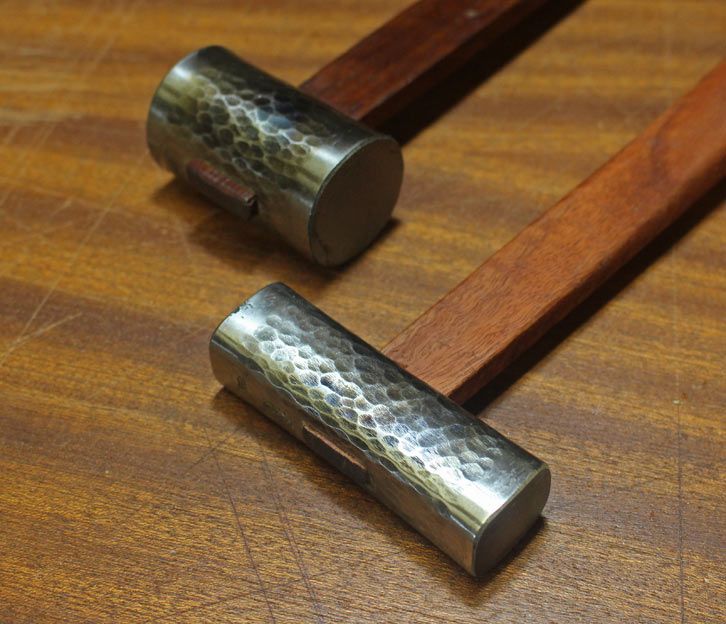PreferrablyWood
Member
- Joined
- Sep 8, 2013
- Messages
- 972
I've developing quite a collection of other handtools over the years parallel with my Festool setup. I've been gotten som waterstones in some different grits 220, 1000, 2000 and 6000, working on getting my Bahco chisels sharpened up, such hard steel really a chore, and the plastic handles actually smell bad, the Bachos som 15 years old I don't no if that has anything to do with the smell but I think it does, so as a result I've gone down the chisel rabbit hole, yes it has come this, I want to use them for fine cabinetry hand made joinery, full size doors, etc. So I feel it would be justified to get another set of decent chisels. So these are the ones I've decided on:http://www.toolsfromjapan.com/store/index.php?main_page=index&cPath=312_552_574_580
They are handmade, I think the design would be really useful as they allow flush paring with the added benefit of a shank that goes over from the flat neck to rounded to protect the work..
They cost around the same price as the Veritas bench chisels, but have something more... The Veritas bench chisels look sterile by comparison and that authentic feel of the Ouchi chisels has got me on the hook. Any one else see what I'm seeing?
They are handmade, I think the design would be really useful as they allow flush paring with the added benefit of a shank that goes over from the flat neck to rounded to protect the work..
They cost around the same price as the Veritas bench chisels, but have something more... The Veritas bench chisels look sterile by comparison and that authentic feel of the Ouchi chisels has got me on the hook. Any one else see what I'm seeing?


